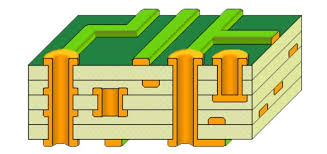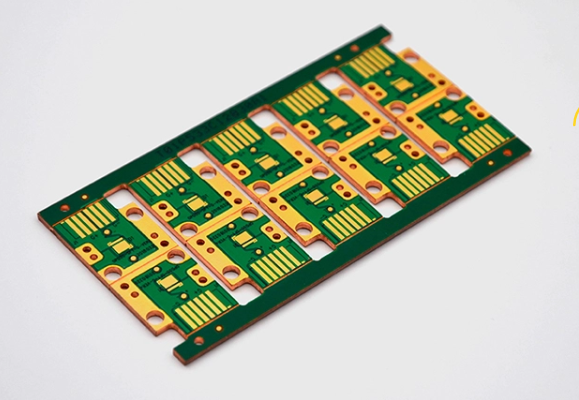The difference between two-layer boards and four-layer boards in PCB printed circuit boards
The difference between two-layer boards and four-layer boards in PCB printed circuit boards
PCB printed circuit boards are one of the most important components of electronic products and are the carriers for connecting electronic components. The design and manufacture of PCB printed circuit boards determine the performance and reliability of electronic products.
In the manufacture of PCB printed circuit boards, the two common types are four-layer boards and two-layer boards. What is the difference between them? This article will introduce them in detail from the aspects of number of layers, area, signal interconnection, anti-interference, etc.

1.Number of layers
The biggest difference between four-layer boards and two-layer boards is that they have different numbers of layers. Two-layer boards refer to PCB printed circuit boards with only two layers, that is, double-sided boards. And four-layer boards refer to PCB printed circuit boards with four layers, two of which are inner layers and the other two are surface layers.
2.Area
Since the four-layer board has more layers, its area is also larger than that of the two-layer board. The surface layer of the four-layer board can be used to arrange signal lines and power lines, while the inner layer can be used to arrange ground lines and power lines.
This wiring method can make the PCB printed circuit board more compact and reduce the area of the PCB printed circuit board.
3.Signal interconnection
Since the four-layer board has an inner layer, the signal line can be directly connected through the inner layer without routing through the surface layer.
This wiring method can reduce the length of the routing and reduce the crosstalk of the signal line, thereby improving the anti-interference and reliability of the PCB printed circuit board.
4.Anti-interference
The four-layer board has better anti-interference than the two-layer board. Since the inner layer of the four-layer board can be used to arrange the ground line and the power line, a better electromagnetic shielding can be formed, thereby reducing the electromagnetic interference of the PCB printed circuit board. In addition, the signal line of the four-layer board can be directly connected, reducing the crosstalk of the signal line and further improving the anti-interference.

5.Manufacturing cost
The manufacturing cost of the four-layer board is higher than that of the two-layer board. Since the four-layer board requires a multi-layer process, more materials and equipment are required, resulting in higher manufacturing costs.
In addition, since the wiring method of the four-layer board is more complicated, more design and debugging work is required, which will also increase the manufacturing cost.
6.Signal integrity
Signal integrity refers to the signal maintaining the original waveform and amplitude during transmission. Since the four-layer board has better anti-interference and signal interconnectivity, the signal integrity is also better. In high-speed digital circuits, signal integrity has a very important impact on circuit performance.
In summary, there are differences between four-layer boards and two-layer boards in terms of number of layers, area, signal interconnection, anti-interference, manufacturing cost, and signal integrity. In practical applications, the appropriate PCB type should be selected according to the specific situation to achieve optimal performance and reliability.







